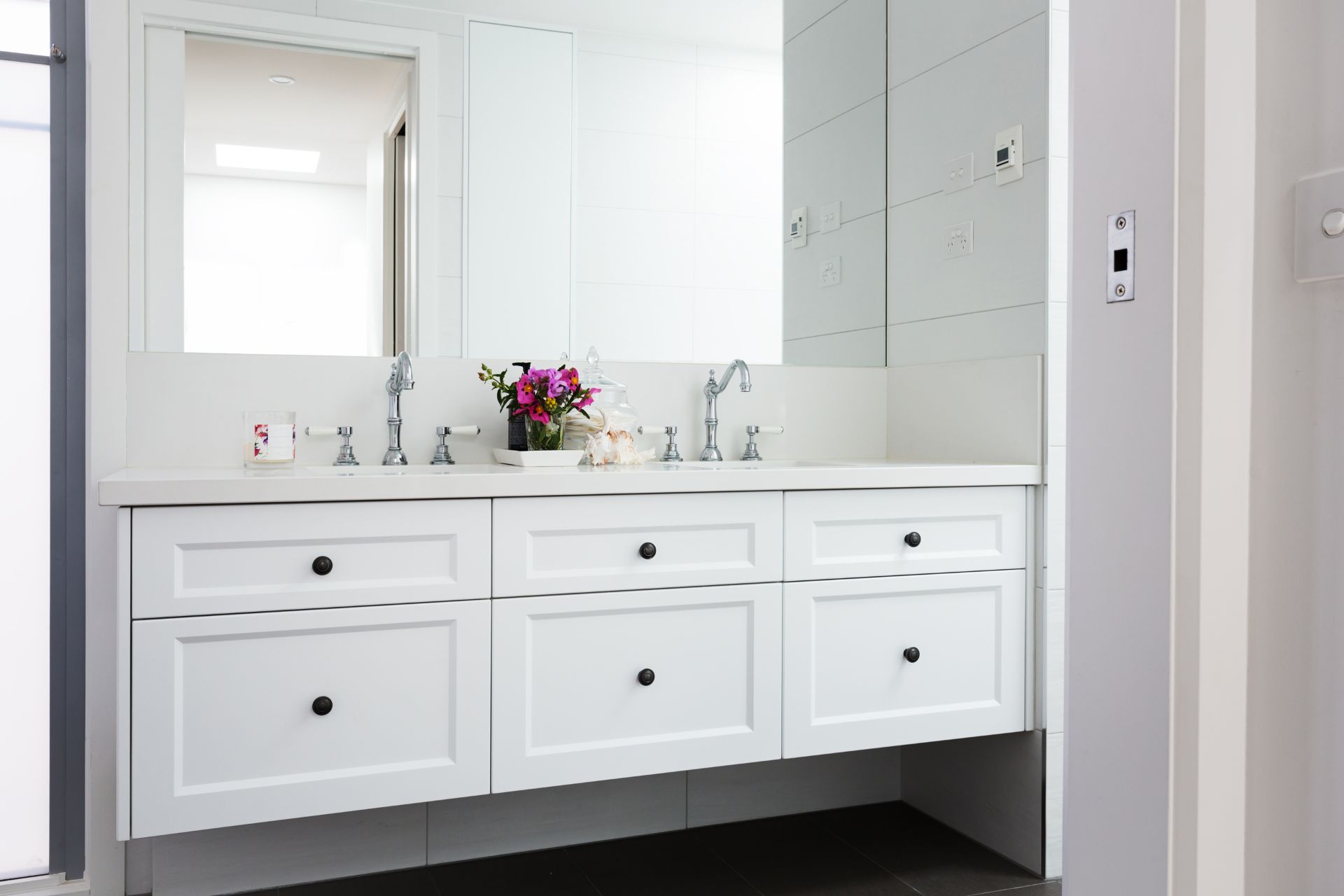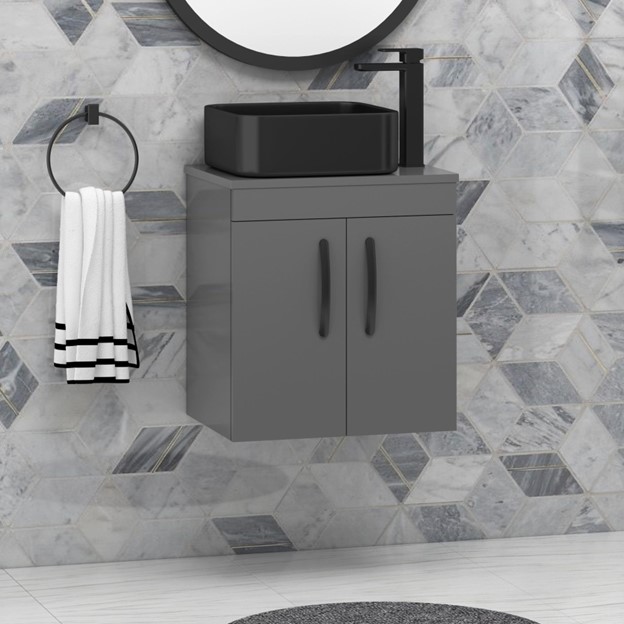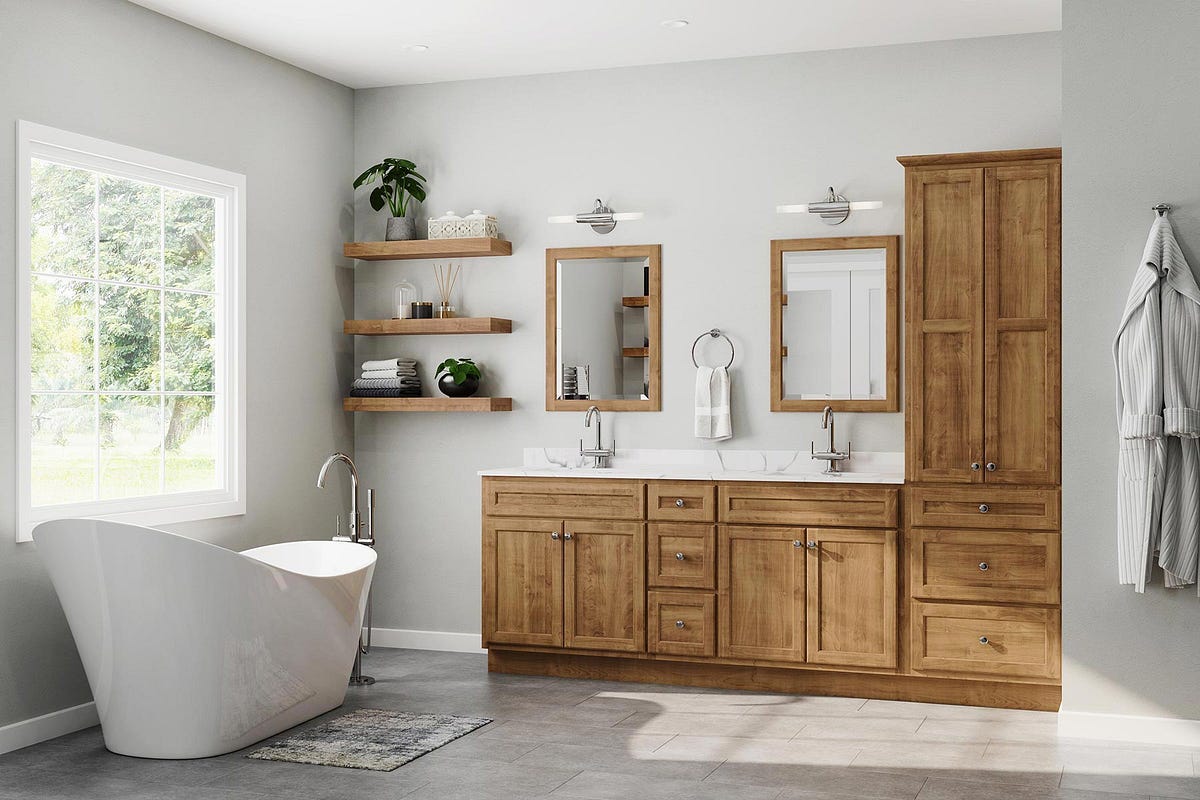A Comprehensive Guide to Vanity Height: Optimizing Functionality and Aesthetics
Related Articles: A Comprehensive Guide to Vanity Height: Optimizing Functionality and Aesthetics
Introduction
With enthusiasm, let’s navigate through the intriguing topic related to A Comprehensive Guide to Vanity Height: Optimizing Functionality and Aesthetics. Let’s weave interesting information and offer fresh perspectives to the readers.
Table of Content
A Comprehensive Guide to Vanity Height: Optimizing Functionality and Aesthetics

The vanity, a cornerstone of any bathroom, plays a crucial role in both functionality and aesthetics. Its height, often overlooked, is a critical factor in ensuring comfort, practicality, and overall design harmony. This comprehensive guide explores the intricacies of vanity height, delving into its importance, factors influencing the optimal choice, and tips for achieving a perfect balance.
Understanding the Importance of Vanity Height
Vanity height goes beyond mere aesthetics; it directly impacts the usability and comfort of the bathroom. A poorly chosen vanity height can lead to discomfort, strain, and even injury. Conversely, a well-selected vanity height promotes ease of use, enhances the bathroom’s visual appeal, and contributes to a more enjoyable experience.
Key Considerations for Vanity Height
Several factors play a crucial role in determining the optimal vanity height for a specific bathroom:
- User Height: The primary consideration is the height of the individuals who will be using the vanity. A vanity that is too low can lead to back pain and discomfort, while one that is too high may require excessive reaching and strain.
- Sink Depth: The depth of the sink plays a significant role in determining the overall height of the vanity. Deeper sinks require a higher vanity to maintain a comfortable reach.
- Countertop Thickness: The thickness of the countertop adds to the overall height of the vanity. Thicker countertops will result in a higher vanity compared to thinner ones.
- Faucet Type: The type of faucet installed on the vanity can influence the height. Tall faucets may require a higher vanity to ensure adequate clearance.
- Storage Requirements: The amount of storage space needed beneath the vanity can affect the height. A vanity with extensive storage may need to be taller to accommodate drawers and cabinets.
- Bathroom Style: The overall style of the bathroom can influence the desired vanity height. Modern bathrooms often feature sleek, minimalist vanities, while traditional bathrooms may opt for more ornate and taller designs.
Recommended Vanity Heights
While individual preferences and specific circumstances play a role, general guidelines exist for vanity height:
- Standard Vanity Height: The standard vanity height is typically 30-32 inches. This height is suitable for most individuals and provides a comfortable reach for most sink depths and countertop thicknesses.
- Countertop Vanity Height: Countertop vanities, which feature a countertop extending beyond the sink, typically have a height of 34-36 inches. This height offers additional counter space and is often preferred for those who require more room for grooming and personal care.
- Custom Vanity Height: For individuals with unique height requirements or specific design preferences, custom vanity heights can be tailored to individual needs. This allows for a perfect fit, ensuring optimal comfort and functionality.
Tips for Choosing the Right Vanity Height
- Consider User Height: Measure the height of the primary users of the bathroom and select a vanity height that is comfortable for them.
- Measure the Sink Depth: The depth of the sink should be considered when choosing the vanity height. Deeper sinks generally require a higher vanity.
- Factor in Countertop Thickness: The thickness of the countertop adds to the overall height of the vanity.
- Think About Storage Requirements: If extensive storage is needed, a taller vanity may be required.
- Account for Faucet Type: The type of faucet installed can influence the desired vanity height.
- Consider the Bathroom Style: The overall style of the bathroom can influence the choice of vanity height.
FAQs about Vanity Height
1. What is the average vanity height?
The average vanity height is between 30-32 inches, although this can vary depending on the specific design and features of the vanity.
2. How do I know if my vanity is the right height?
Stand in front of the vanity and extend your arm comfortably to reach the sink. If your elbow is bent at a 90-degree angle, the vanity height is likely suitable.
3. Can I adjust the height of my vanity?
While some vanities come with adjustable legs, others do not. If your vanity is not adjustable, you may need to consider replacing it or adding a step stool to achieve a comfortable height.
4. What are the benefits of a higher vanity?
A higher vanity can provide more counter space, improve accessibility for individuals with mobility issues, and offer a more comfortable reach for taller individuals.
5. What are the drawbacks of a lower vanity?
A lower vanity can lead to back pain and discomfort, especially for taller individuals. It may also limit the amount of storage space available beneath the vanity.
Conclusion
Choosing the right vanity height is crucial for creating a functional and aesthetically pleasing bathroom. By carefully considering factors such as user height, sink depth, countertop thickness, and storage requirements, homeowners can select a vanity that optimizes comfort, functionality, and overall design harmony. Remember, a well-chosen vanity height not only enhances the bathroom’s aesthetics but also contributes to a more enjoyable and comfortable experience for all users.



/bathroom-vanity-design-ideas-4135228-hero-26243a156f8744f7b86659ddc9299362.jpeg)




Closure
Thus, we hope this article has provided valuable insights into A Comprehensive Guide to Vanity Height: Optimizing Functionality and Aesthetics. We appreciate your attention to our article. See you in our next article!